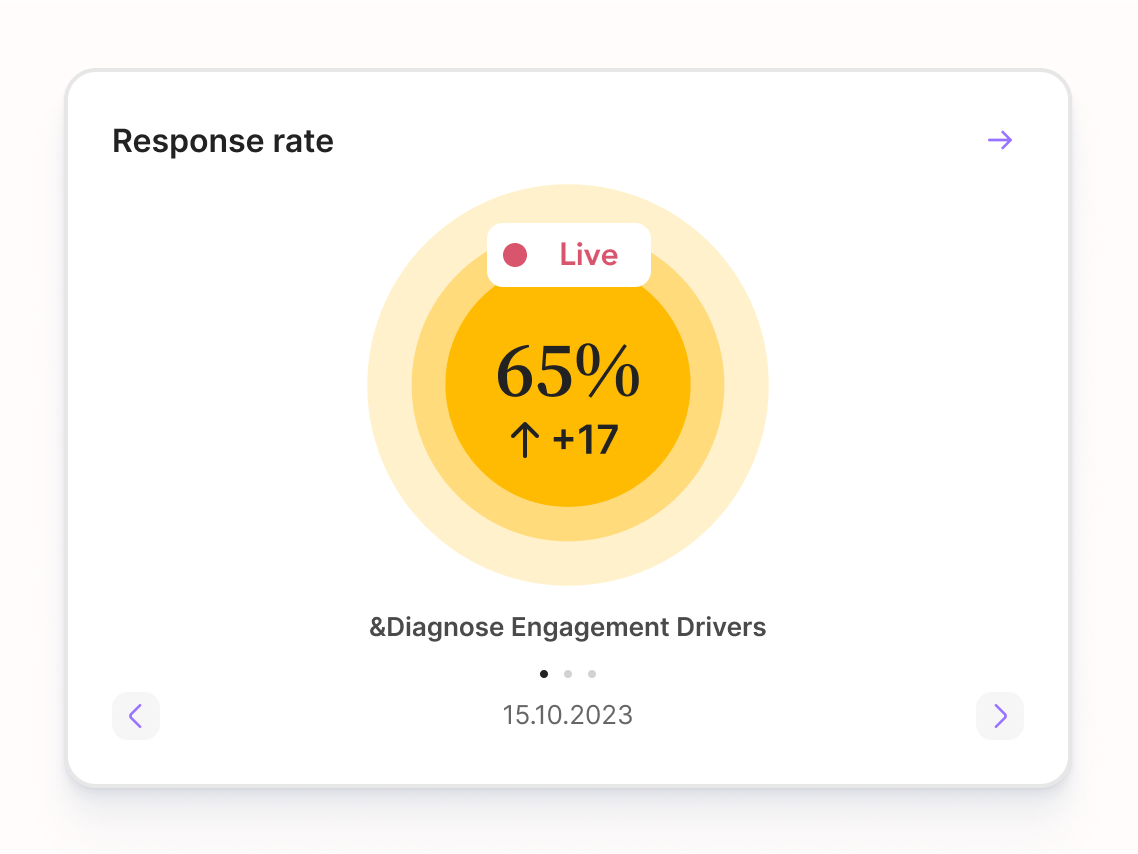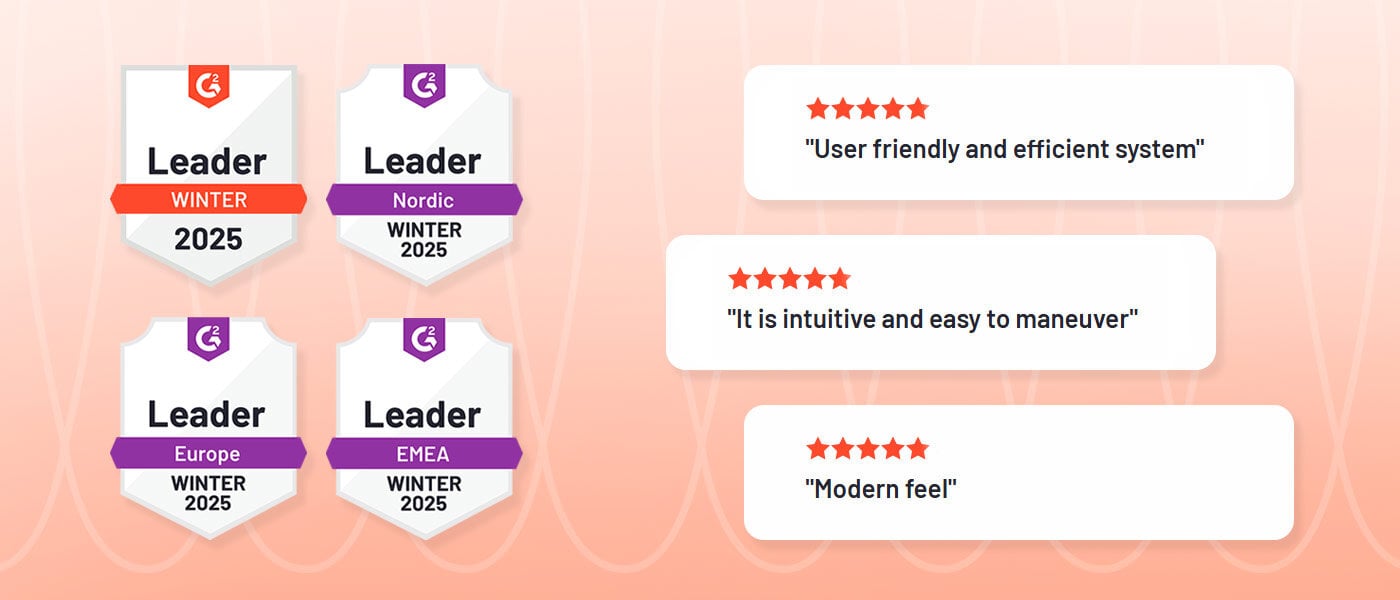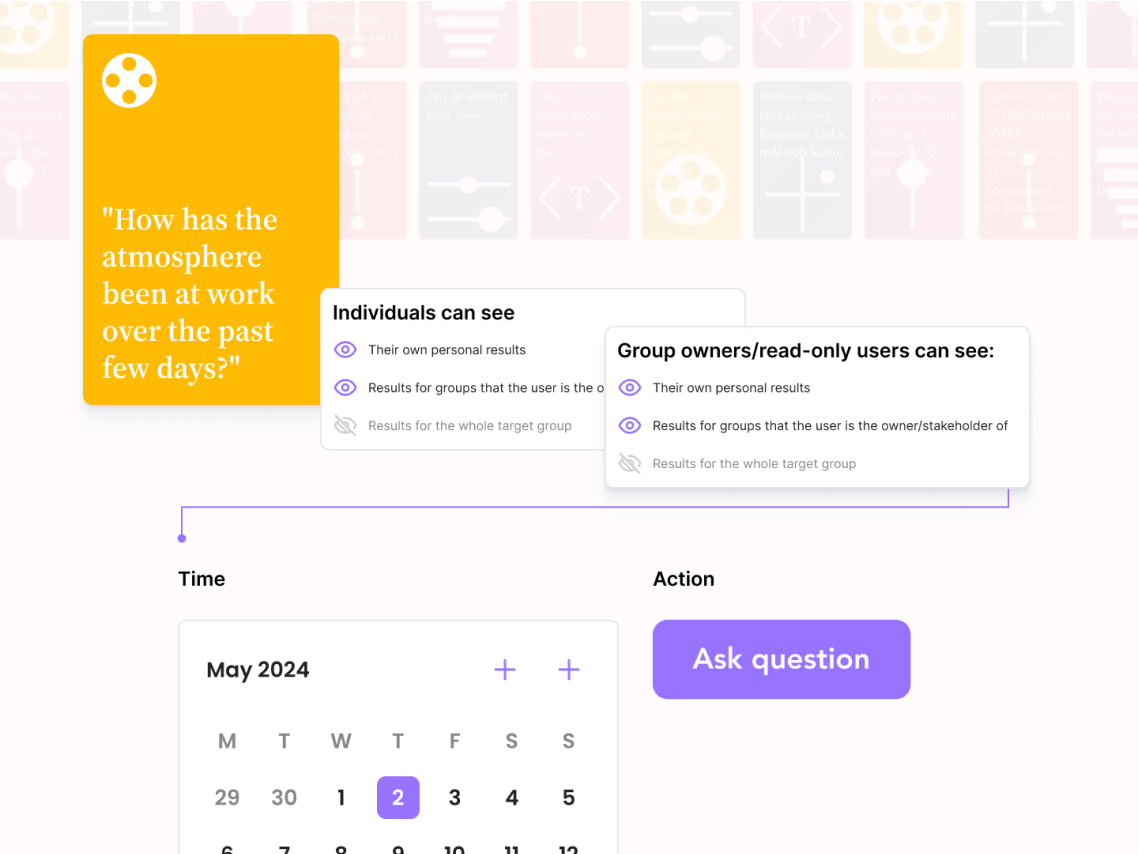Employee Surveys

Turn engagement insights into meaningful outcomes
Get real-time insights and boost your team's engagement with our dynamic employee engagement tool. Book demo

Guess less. Find out what matters.
Get detailed insights to better understand your employees. Turn data into actions that spark engagement and build a stronger team culture.

Easy for your team, powerful for HR.
Capture real-time feedback from your team with our easy-to-use pulse surveys. Understand what makes your team tick and take action to boost engagement. The fun and intuitive design is also a big plus.

⭐ Rated 4.7 Stars by HR Professionals Like You!
Our G2 badges highlight why Simployer is trusted by HR. With a 4.7-star rating, our customers love how we simplify their work and drive success. See the difference for yourself!

The engagement tool your employees and managers will love
Our tool is designed with your employees in mind, making it super easy to use. This way, giving feedback is engaging and fun, leading to more people taking part. Plus, everyone can respond in the language they know best.

Identify where you can make an impact
With powerful reporting capabilities , you get the insights you need to make accurate decisions. Get spoiled with results delivered via email, or analyze your data in a comprehensive dashboard showing comparisons, trends, benchmarks, and KPIs.

Guidance to enable self-leadership and drive meaningful change
Enable self-leadership and development with relevant tips and suggested actions based on the individual's or team’s current situation.
Simployer &frankly has been a key tool in guiding our priorities and initiatives as a company and within HR.
Erik Lignell, Kivra

One size rarely fits all, and we get that.
Kickstart your engagement journey with our ready-made, science-backed questions. Easily customize them to align with your goals and needs, ensuring they resonate with your company. One-time, yearly, or pulse surveys? Choose what works best for you.